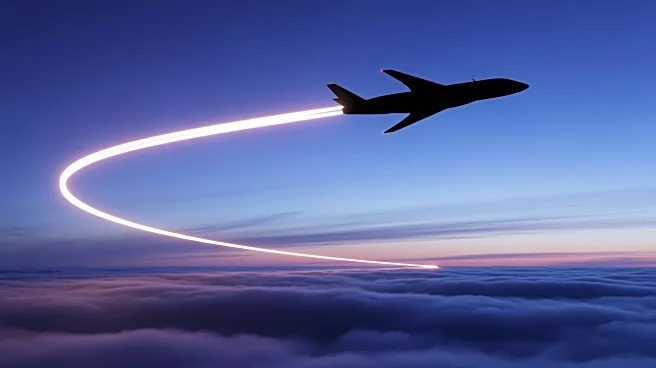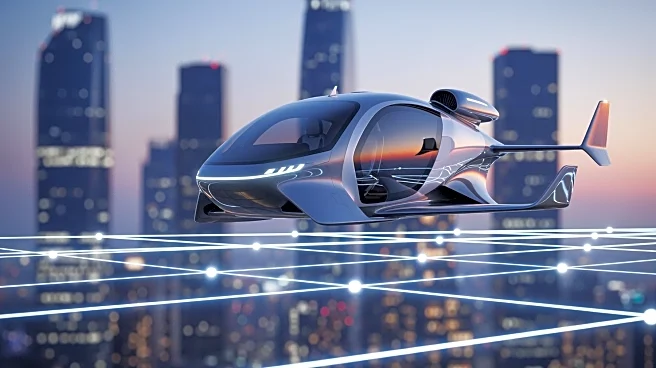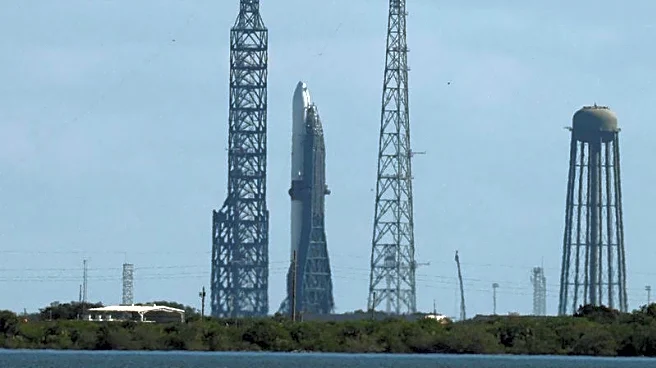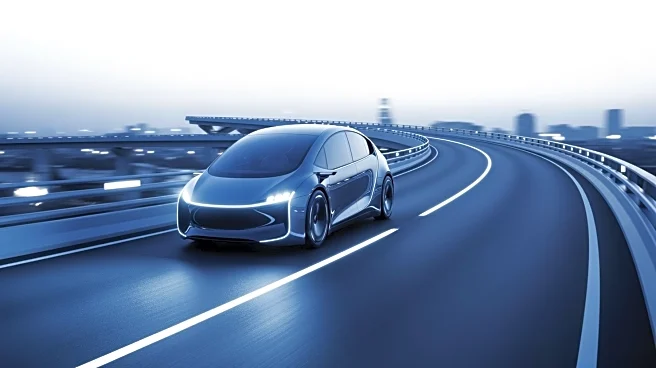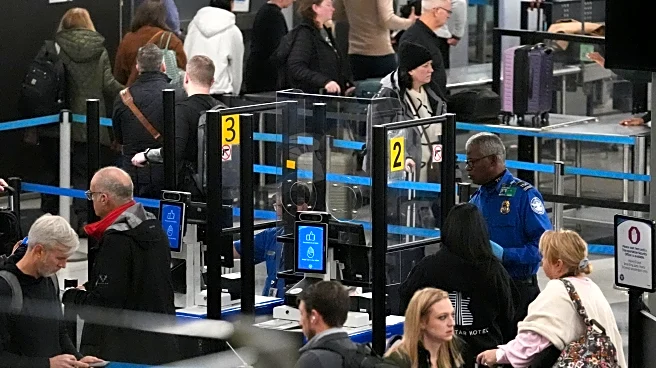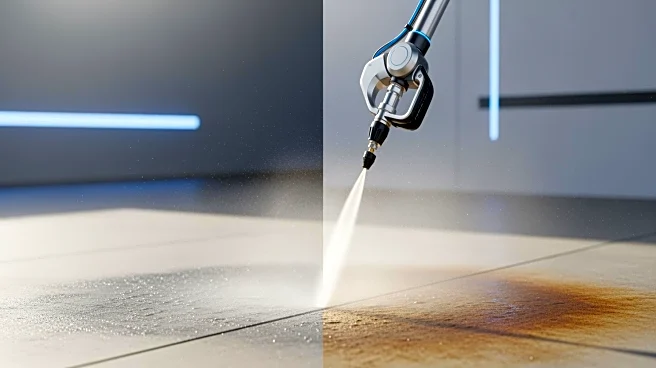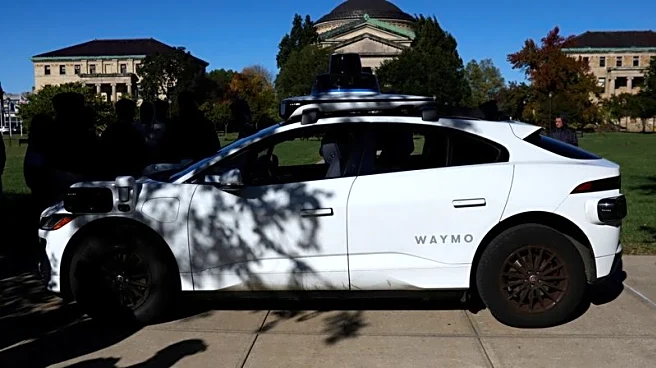What's Happening?
Researchers have made significant progress in hypersonic flight technology, potentially enabling planes to fly at speeds up to Mach 10, or ten times the speed of sound. This breakthrough could drastically
reduce travel times, such as cutting the Sydney to Los Angeles flight from 15 hours to just one hour. Professor Nicholaus Parziale, who received the Presidential Early Career Award for Scientists and Engineers, leads the research focusing on fluid mechanics at extreme speeds. The study involves using krypton gas and lasers to understand airflow behavior at hypersonic speeds.
Why It's Important?
The development of hypersonic flight technology could transform international travel, making it faster and more efficient. This advancement would benefit industries reliant on rapid transportation, such as business and tourism, and could lead to economic growth by connecting global markets more effectively. Additionally, the technology could have military applications, enhancing national security through faster deployment capabilities.
What's Next?
Further research and development are needed to overcome challenges related to turbulence and heat at hypersonic speeds. Engineers will continue to refine designs and conduct experiments to validate the technology's feasibility. If successful, hypersonic flight could become a reality within the next decade, prompting airlines and aerospace companies to invest in new infrastructure and fleets.
Beyond the Headlines
The implications of hypersonic flight extend beyond travel, potentially impacting space access. The technology could enable more efficient transportation to and from low Earth orbit, reducing reliance on traditional rocket launches. This could lead to more sustainable and cost-effective space exploration and satellite deployment.
